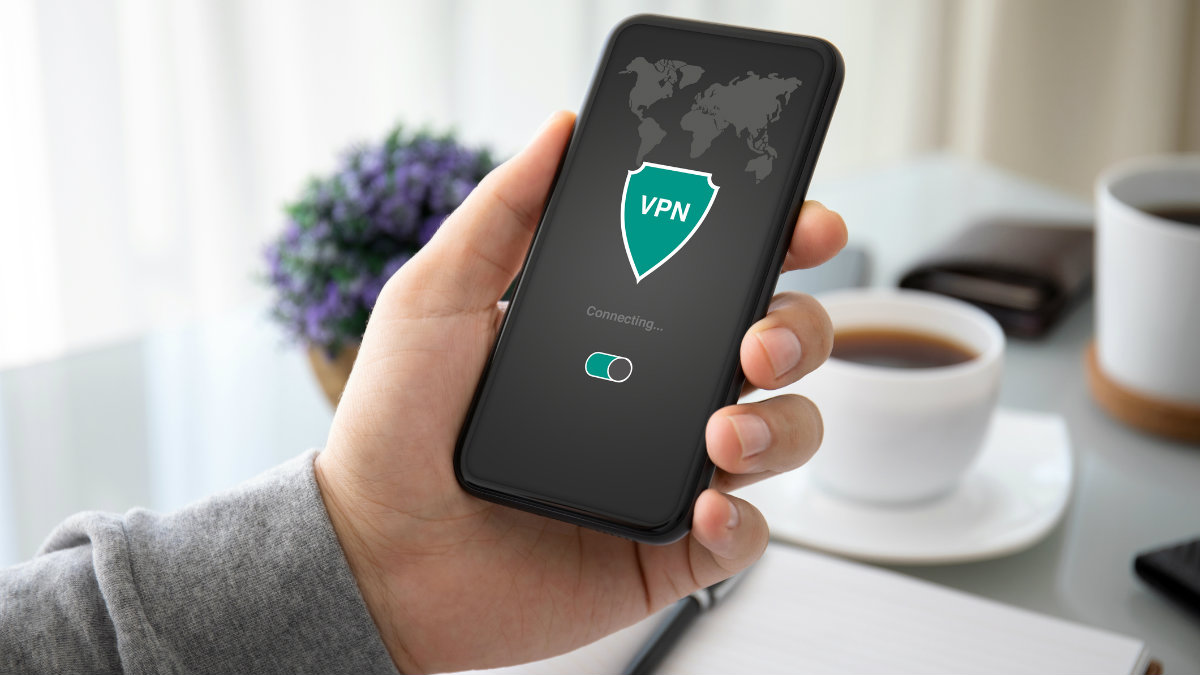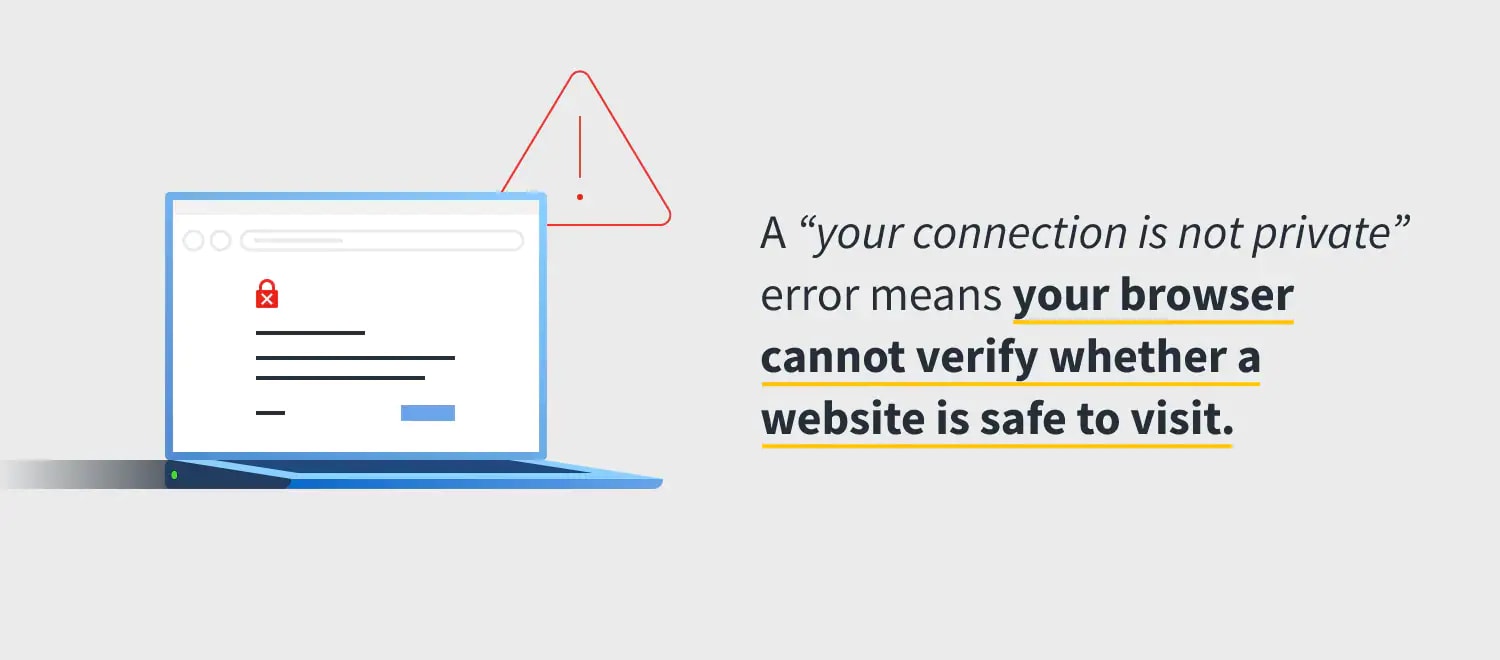Featured
Table of Contents
Troubleshooting And Known Issues

The Routing and Remote Access snap-in lives within the Microsoft Management Console, referred to as the MMC. There are numerous methods to access the MMC. You can choose the console from the Start menu's Programs options, within the Administrative Tools folder within Windows server's Control board or by typing mmc at a command timely.
As Tech, Republic's Brandon Vigliarolo shows within his video at the start of this article, the Solutions console shows the status of the Routing and Remote Access entry. From within the Services console and with the Routing and Remote Gain access to entry highlighted, you can click Start the Service or right-click the entry and choose Restart.
In some cases the VPN client and VPN server are set to using various authentication approaches. Validate whether an authentication error is the problem by opening the server console. Yet another method of accessing the MMC is to type Control+R to open a command timely in which you can type mmc and struck Go into or click OK.
If the entry isn't present, click File, choose Add/Remove Snap-in, select the Routing and Remote Gain access to choice from the choices and click Add, then OK. With the Routing and Remote Gain access to snap-in included, right-click on the VPN server and click Properties. Then, evaluate the Security tab to validate the authentication technique.
Vpn Won't Connect? Try These Solutions
Ensure the VPN client is set to the authentication method specified within the Security tab. Normally the products simply evaluated are accountable for a lot of VPN connection rejection mistakes. However other basics need to be appropriate, too. If the Windows Server hosting the VPN hasn't joined the Windows domain, the server will be not able to verify logins.
Each Web-based VPN connection usually uses two various IP addresses for the VPN client computer system. This is the IP address that's used to develop the initial TCP/IP connection to the VPN server over the Internet.

This IP address generally possesses the exact same subnet as the local network and hence permits the client to communicate with the local network. When you established the VPN server, you should set up a DHCP server to appoint addresses to clients, or you can create a bank of IP addresses to assign to clients directly from the VPN server.


If this alternative is selected and the effective remote gain access to policy is set to allow remote access, the user will be able to attach to the VPN. I have actually been unable to re-create the circumstance personally, I have actually heard rumors that a bug exists in older Windows servers that can trigger the connection to be accepted even if the reliable remote gain access to policy is set to reject a user's connection.
Vpn Tunnel Troubleshooting

Another typical VPN problem is that a connection is effectively developed but the remote user is unable to access the network beyond the VPN server. By far, the most common cause of this issue is that authorization hasn't been granted for the user to access the whole network. To allow a user to access the entire network, go to the Routing and Remote Access console and right-click on the VPN server that's having the problem.
At the top of the IP tab is an Enable IP Routing check box. If this check box is made it possible for, VPN users will have the ability to access the rest of the network, assuming network firewall softwares and security-as-a-service settings allow. If the checkbox is not chosen, these users will have the ability to access just the VPN server, but nothing beyond.
If a user is dialing directly into the VPN server, it's usually best to configure a static path between the customer and the server. You can set up a fixed route by going to the Dial In tab of the user's properties sheet in Active Directory site Users and Computers and picking the Apply A Static Route check box.
Click the Add Path button and after that go into the location IP address and network mask in the space provided. The metric must be left at 1. If you're utilizing a DHCP server to designate IP addresses to clients, there are a couple of other problems that might trigger users not to be able to go beyond the VPN server.
Vpn-related Problems And Solutions
If the DHCP server appoints the user an IP address that is already in use somewhere else on the network, Windows will discover the conflict and avoid the user from accessing the remainder of the network. Another typical problem is the user not receiving an address at all. Most of the time, if the DHCP server can't designate the user an IP address, the connection won't make it this far.
If the customer is appointed an address in a range that's not present within the system's routing tables, the user will be not able to browse the network beyond the VPN server. Guarantee the resources the user is attempting to access are really on the network to which the user is linking.
A VPN connection to the other subnet might, in truth, be needed. A firewall program or security as a service option could also be to blame, so do not forget to examine those solutions' settings, if such parts are present in between the VPN server and the resources the user looks for to reach.
The first possibility is that a person or more of the routers involved is carrying out IP packet filtering. IP package filtering might avoid IP tunnel traffic. I advise inspecting the client, the server and any machines in between for IP packet filters. You can do this by clicking the Advanced button on each maker's TCP/IP Properties sheet, selecting the Options tab from the Advanced TCP/IP Settings Characteristic sheet, choosing TCP/IP Filtering and clicking the Properties button.
Latest Posts
Best Business Vpn In 2023 [Ranked & Reviewed]
Best Business Vpn Options In 2023 [Keeping Smb Data ...
Best Remote Access Vpn In Usa To Work From Home